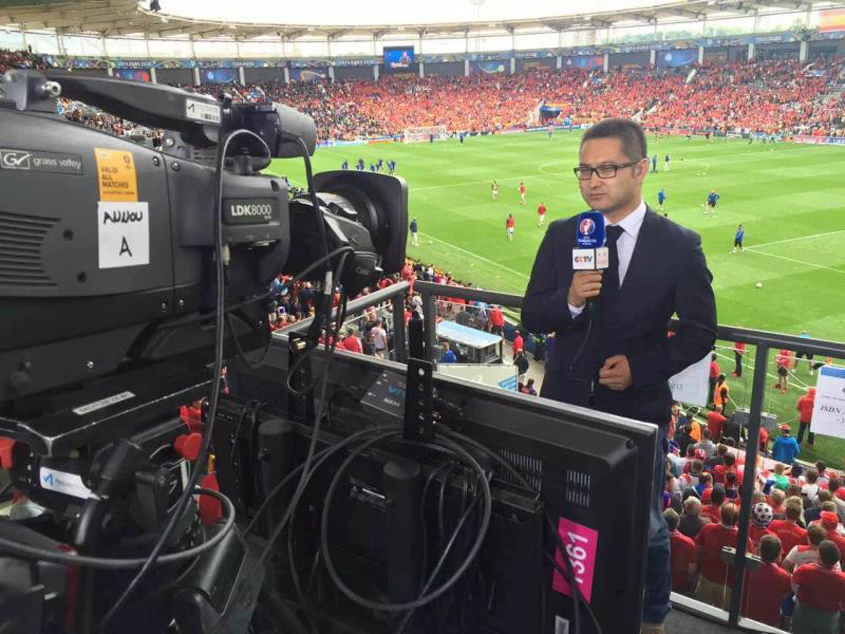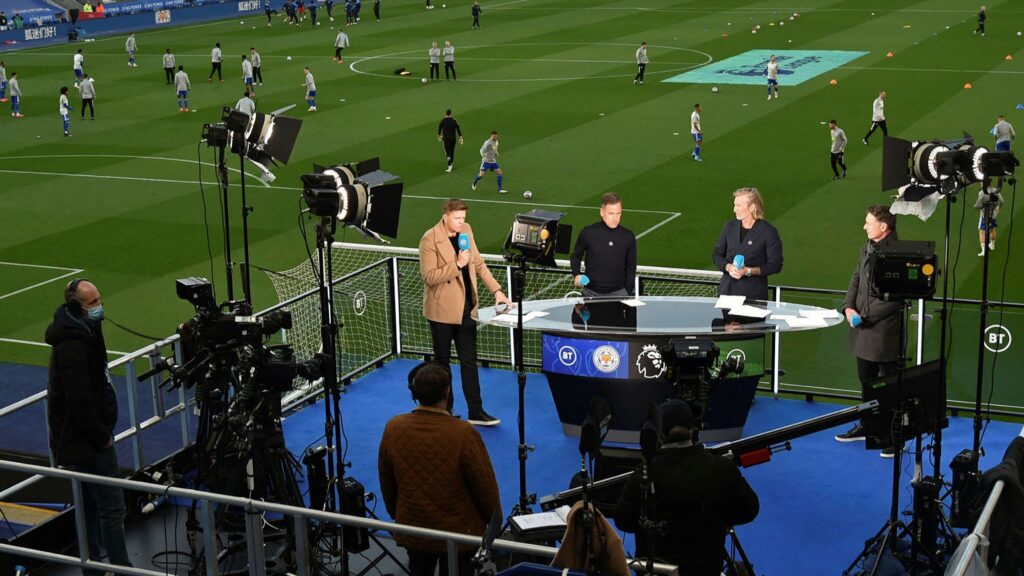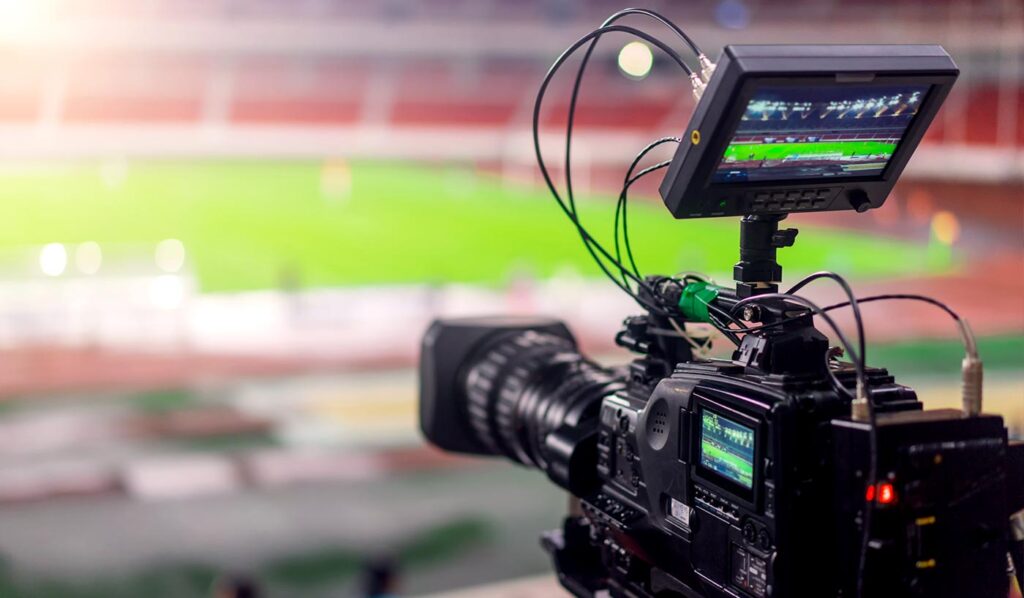Foosball, a classic tabletop game enjoyed by players of all ages, becomes an entirely different experience when played with high-quality, durable components. While casual matches can be entertaining, those looking to elevate their gameplay to a more competitive level often find that the materials and construction of their foosball table make a significant difference. Durable components not only enhance the speed and intensity of the game but also ensure consistency in play, allowing players to develop skills and strategies with confidence. A sturdy, well-built table featuring solid rods, precision-engineered bearings, and impact-resistant players encourages more aggressive and dynamic play without the risk of damage or deterioration. This durability supports faster ball movement and more forceful shots, letting players execute advanced techniques like snake shots, pull shots, and bank passes with greater precision. One of the most critical components in a high-performance foosball table is the rod system.

Lightweight yet strong rods made from chrome-plated steel or hollowed stainless steel reduce friction and allow for rapid, fluid movement, giving players the responsiveness needed for split-second decisions. Coupled with smooth, high-quality bearings, these rods glide effortlessly, making swift lateral and rotational movement easier, which is essential for both offense and defense. Inferior rods tend to warp or stick, hampering gameplay and leading to inconsistent performance over time. Additionally, click this site handles with ergonomic grips made from materials such as rubber or textured polymers provide players with better control and reduce hand fatigue, particularly during intense or prolonged matches. The foosball men, or player figures, are another area where durability significantly enhances gameplay. Injection-molded players made from high-impact ABS plastic or similar tough materials resist chipping and breaking even during aggressive play. The design of these players, particularly their weight distribution and foot shape, also affects gameplay.
Sharp, pointed toes and a well-balanced body allow for better ball control, accurate passing, and powerful shooting. With consistent, durable figures, players can refine their techniques and play at higher speeds without worrying about equipment failure. In contrast, cheaply made figures can crack under pressure, lose shape, or even detach from the rods, interrupting gameplay and requiring frequent replacements. The playing surface itself also contributes to a fast-paced game. A smooth, laminated, and warp-resistant surface minimizes friction and ensures the ball moves quickly and predictably. Quality tables feature surfaces that maintain their flatness and integrity over time, even with heavy use. This consistency is key for players who rely on precise ball positioning and strategic placement. Paired with a well-constructed cabinet that does not rattle or shift during play, the entire setup provides a stable platform for competitive, high-speed action. When every component works together seamlessly, the game becomes more exhilarating, with quicker reflexes, sharper tactics, and a heightened level of engagement.





